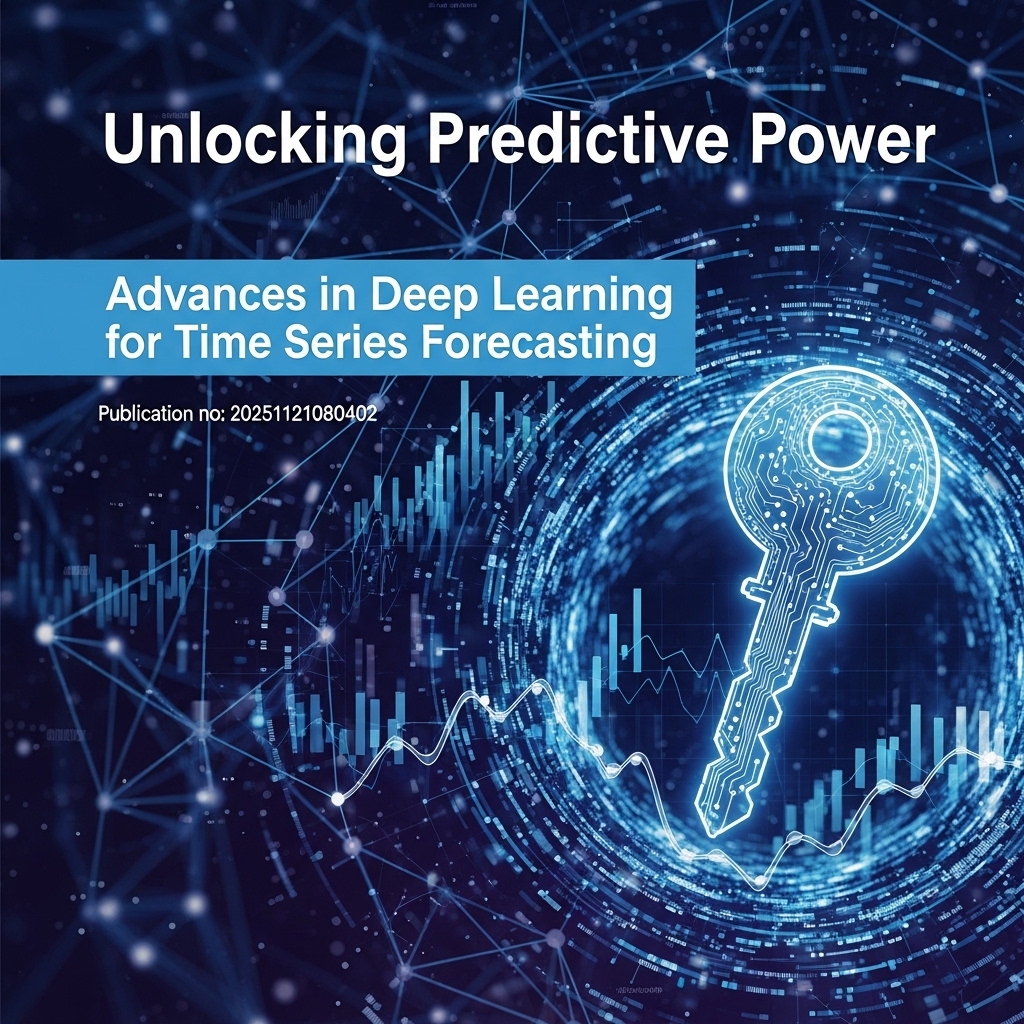
Introduction to Time Series Forecasting
Time series forecasting is a crucial aspect of various industries, including finance, weather forecasting, and traffic management, among others. It involves predicting future values based on past data, which can be challenging due to the complexities and uncertainties inherent in time series data. Recent advances in deep learning have significantly improved the predictive power of time series forecasting models. This article will delve into the current state of deep learning in time series forecasting, exploring its applications, benefits, and future directions.
Deep Learning Basics for Time Series Forecasting
Deep learning, a subset of machine learning, uses neural networks with multiple layers to learn complex patterns in data. In the context of time series forecasting, deep learning models can learn to recognize patterns, trends, and seasonality in historical data, making them more accurate than traditional statistical models. Recurrent Neural Networks (RNNs), particularly Long Short-Term Memory (LSTM) and Gated Recurrent Units (GRU), are popular deep learning architectures for time series forecasting due to their ability to handle sequential data and capture long-term dependencies.
Advances in Deep Learning Architectures
Several advances in deep learning architectures have enhanced the predictive power of time series forecasting models. One notable example is the use of Convolutional Neural Networks (CNNs) for time series forecasting. CNNs, traditionally used for image processing, can be applied to time series data by transforming it into an image-like format, allowing the model to capture local patterns and trends. Another significant development is the introduction of attention mechanisms, which enable the model to focus on the most relevant parts of the input data when making predictions.
Applications of Deep Learning in Time Series Forecasting
Deep learning models have been successfully applied to various time series forecasting problems. For instance, in finance, deep learning models can predict stock prices and trading volumes more accurately than traditional models. In weather forecasting, deep learning models can predict temperature, precipitation, and other meteorological variables by analyzing historical climate data and satellite images. Additionally, deep learning models can be used for traffic flow forecasting, helping to optimize traffic light control and reduce congestion.
Benefits of Deep Learning for Time Series Forecasting
The use of deep learning models for time series forecasting offers several benefits. Firstly, deep learning models can handle large datasets and complex patterns, making them more accurate than traditional statistical models. Secondly, deep learning models can learn from raw data without requiring extensive feature engineering, saving time and effort. Finally, deep learning models can be easily integrated with other machine learning models and techniques, such as ensemble methods and transfer learning, to further improve their predictive power.
Challenges and Limitations of Deep Learning for Time Series Forecasting
Despite the advances in deep learning for time series forecasting, there are several challenges and limitations to consider. One major challenge is the requirement for large amounts of high-quality training data, which can be difficult to obtain in certain industries or applications. Another challenge is the risk of overfitting, where the model becomes too complex and starts to fit the noise in the training data rather than the underlying patterns. Finally, deep learning models can be computationally expensive to train and deploy, requiring significant resources and expertise.
Future Directions for Deep Learning in Time Series Forecasting
Future research directions for deep learning in time series forecasting include the development of more efficient and interpretable models, the integration of deep learning with other machine learning techniques, and the application of deep learning to new and emerging areas, such as forecasting for renewable energy and smart grids. Additionally, there is a need for more research on the explainability and transparency of deep learning models, as well as their potential biases and limitations.
Conclusion
In conclusion, deep learning has revolutionized the field of time series forecasting, offering significant improvements in predictive power and accuracy. However, there are still challenges and limitations to be addressed, such as the requirement for large amounts of high-quality training data and the risk of overfitting. As research continues to advance, we can expect to see even more powerful and efficient deep learning models for time series forecasting, with applications in a wide range of industries and domains. By unlocking the predictive power of deep learning, we can make more informed decisions, optimize complex systems, and create a better future for all.
